Calcium
Calcium is the main component of the human skeleton. A full 99 % of the calcium contained in the body is found in the bones. It is also important for muscle contraction and the transmission of stimuli. Dairy products in particular are valuable sources of calcium. A lack of calcium can lead to low bone density and cramps.
Functions of calcium
-
Musculature
Muscles need a balance of calcium and magnesium to work normally. Calcium is therefore involved in heart muscle function, skeletal muscle function and blood flow. -
Skeleton
99% of the calcium in the body is found in the bones. It thus influences the strength and stability of the bones and serves as a store in the bones to maintain the calcium concentration in the blood. -
Nerve cells/signal transmission
Calcium is involved in the regulation of the transmission of stimuli between nerve cells (neurons). It also plays a role in the formation of the neurotransmitter dopamine.
Calcium is also involved in blood clotting and the secretion of insulin.
How do you recognise a calcium deficiency?
- Increased bleeding tendency
- Low bone density
- Muscle cramps
- Increased excitability of the nervous system
- Poor tooth quality, caries
Calcium bioavailability
The absorption rate of calcium from dairy products or mineral water is approx. 25-35 %. Calcium from plant foods (kale, broccoli, hazelnuts) - except for soy products - is somewhat less easily absorbed by the body. This is because plant sources contain more substances that inhibit absorption, such as oxalate (in spinach) or phytic acid (in cereal products). Protein promotes the absorption of calcium. However, this also leads to more excess calcium being excreted in the urine. On the other hand, more calcium is absorbed overall, which has a positive effect on bone health.
A high calcium intake does not lead to kidney stones, as was previously thought. On the contrary: calcium binds poorly soluble complexes with the oxalate present in food. Thus, less oxalate is absorbed, which reduces the risk of kidney stones.
Interactions with medicines
Diuretics can increase calcium excretion in the urine.
Bisphosphonates are drugs that are often given for osteoporosis. They inhibit the activity of bone-destroying cells called osteoclasts. However, the absorption of these drugs is inhibited when calcium is taken at the same time. Since calcium is very important in osteoporosis, the medication should be taken separately from the calcium preparation.
Good to know about calcium
- The daily requirement is 1000 mg
- The skeleton of an adult contains about 1 kg of calcium
- Calcium can be taken together with magnesium
- The calcium content of mineral water varies significantly.
- Calcium is not the cause of "arteriosclerosis"
Fields of application of calcium
-
Allergies/neurodermitis
Calcium probably has an anti-allergic effect due to its stabilizing effect on the cell membrane. Therefore, the use of calcium can also help to reduce the symptoms of neurodermitis. -
High blood pressure
Changes in calcium metabolism are an important factor in the development of hypertension. With the administration of calcium, blood pressure can be reduced by 2-4 mmHG. -
Epilepsy
Calcium deficiency can lead to changes in brain waves. This in turn increases the risk of epilepsy. Supplementation can help to compensate for the deficiency, thus reducing epilepsy seizures. -
Hyperactivity/ADHD
Often, hyperactive people have too low a calcium (and magnesium) level, and consequently show reduced production of the neurotransmitter dopamine. Within a few weeks, calcium supplementation leads to an improvement. -
Osteoporosis
Calcium is an important component of bone. However, calcium supplementation alone only leads to a small increase in bone density. Therefore, at least the additional administration of vitamin D is needed to achieve an effective increase in bone density.
Other important nutrients in therapy are magnesium, zinc, copper, manganese, vitamin K, C, B6, B12 and folic acid. -
Premenstrual syndrome
Taking calcium (together with magnesium, vitamin D and B6) leads to an improvement in emotional fluctuations, concentration problems, pain as well as edema (accumulation of water).
Can I also overdose on calcium?
With an oral intake of 2500 mg daily, there is usually no risk of undesirable side effects. In case of renal insufficiency, calcium intake should be monitored due to insufficient excretion of calcium via the urine. Symptoms of too high calcium levels (hypocalcemia) are weakness, depressive moods, loss of appetite, thirst and frequent urination.
Calcium and magnesium - taking them together or not?
One often hears that calcium should not be taken with magnesium. However, the absorption as well as the release of the two minerals into the blood occur independently via their own transport systems. Calcium and magnesium are "only" counterparts in the body, not in the absorption in the intestine. A ratio of calcium to magnesium only concerns the daily intake (and not individual supplements) and should be about 2:1 (Ca:Mg).
Products with calcium
-
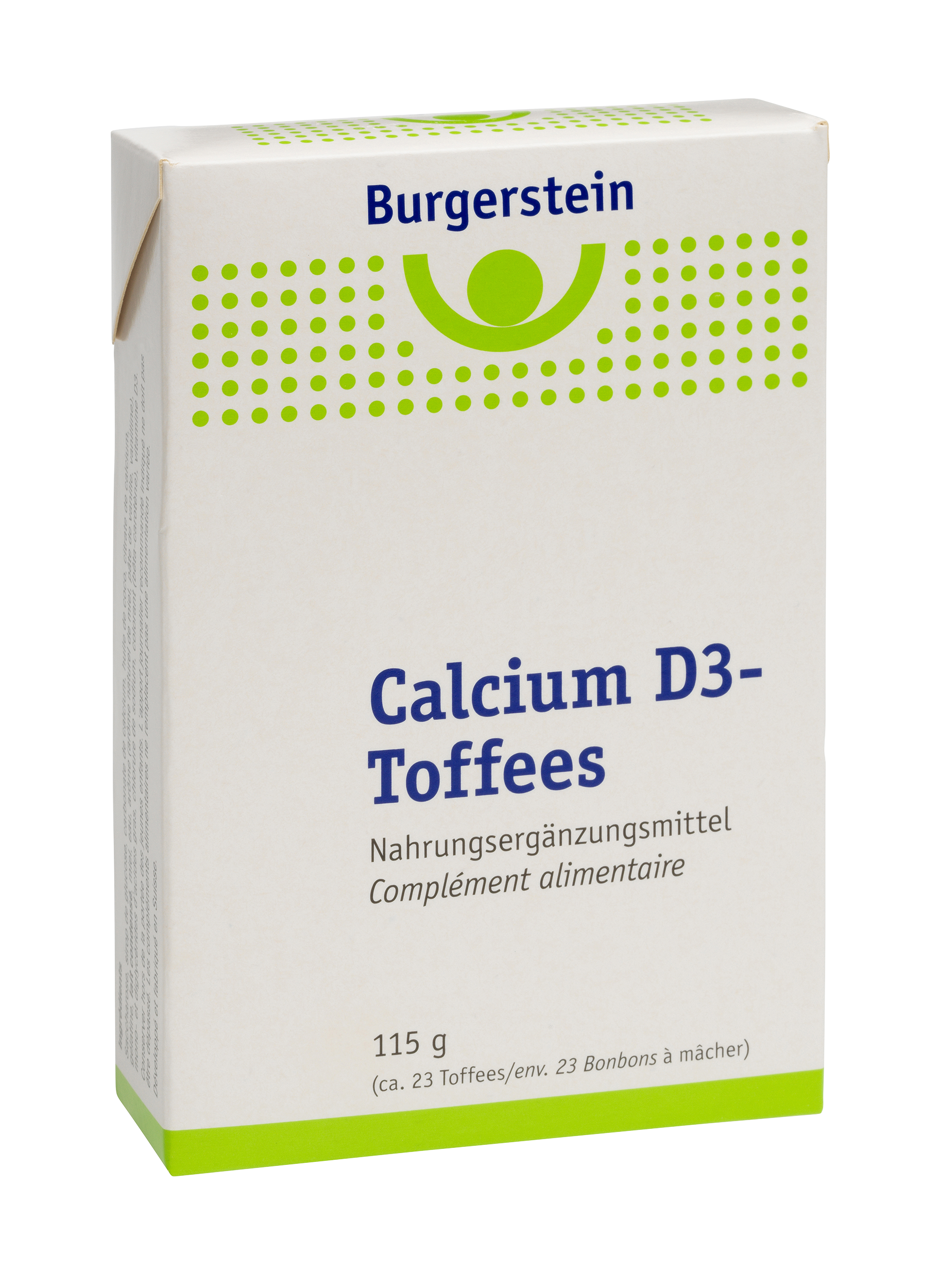
Calcium D3 Toffees
check product -
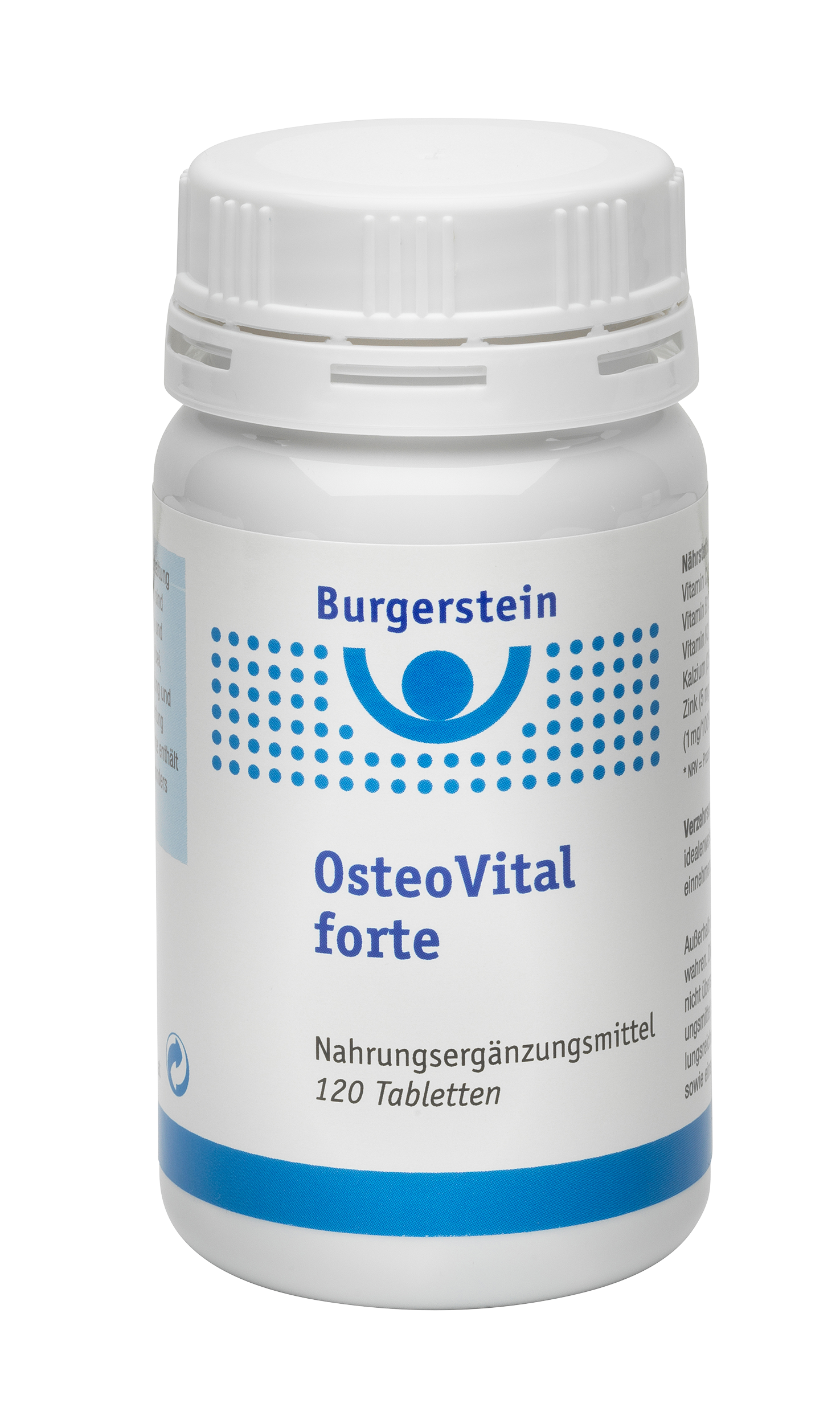
OsteoVital forte
check product -
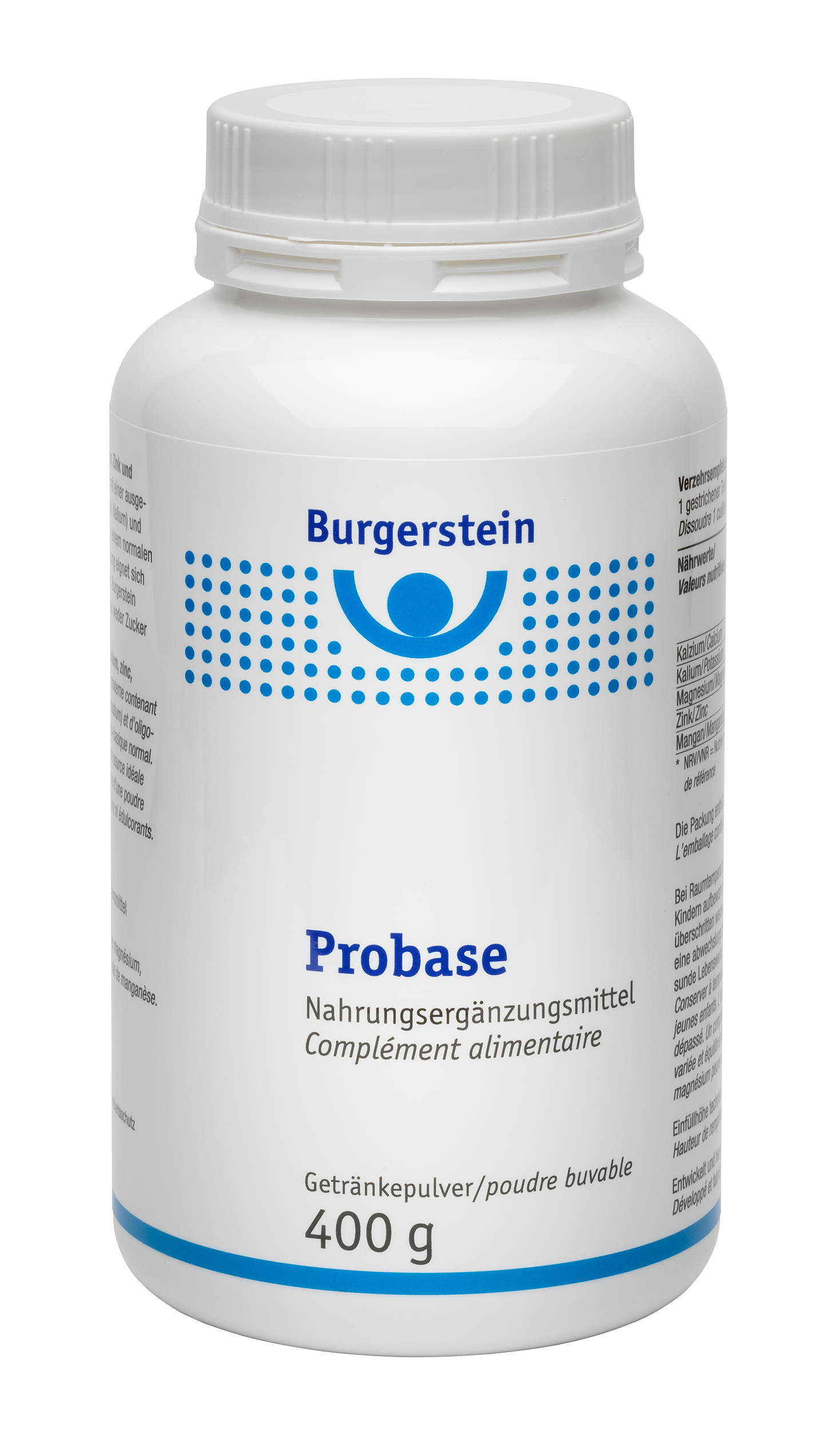
Probase drink powder
check product -
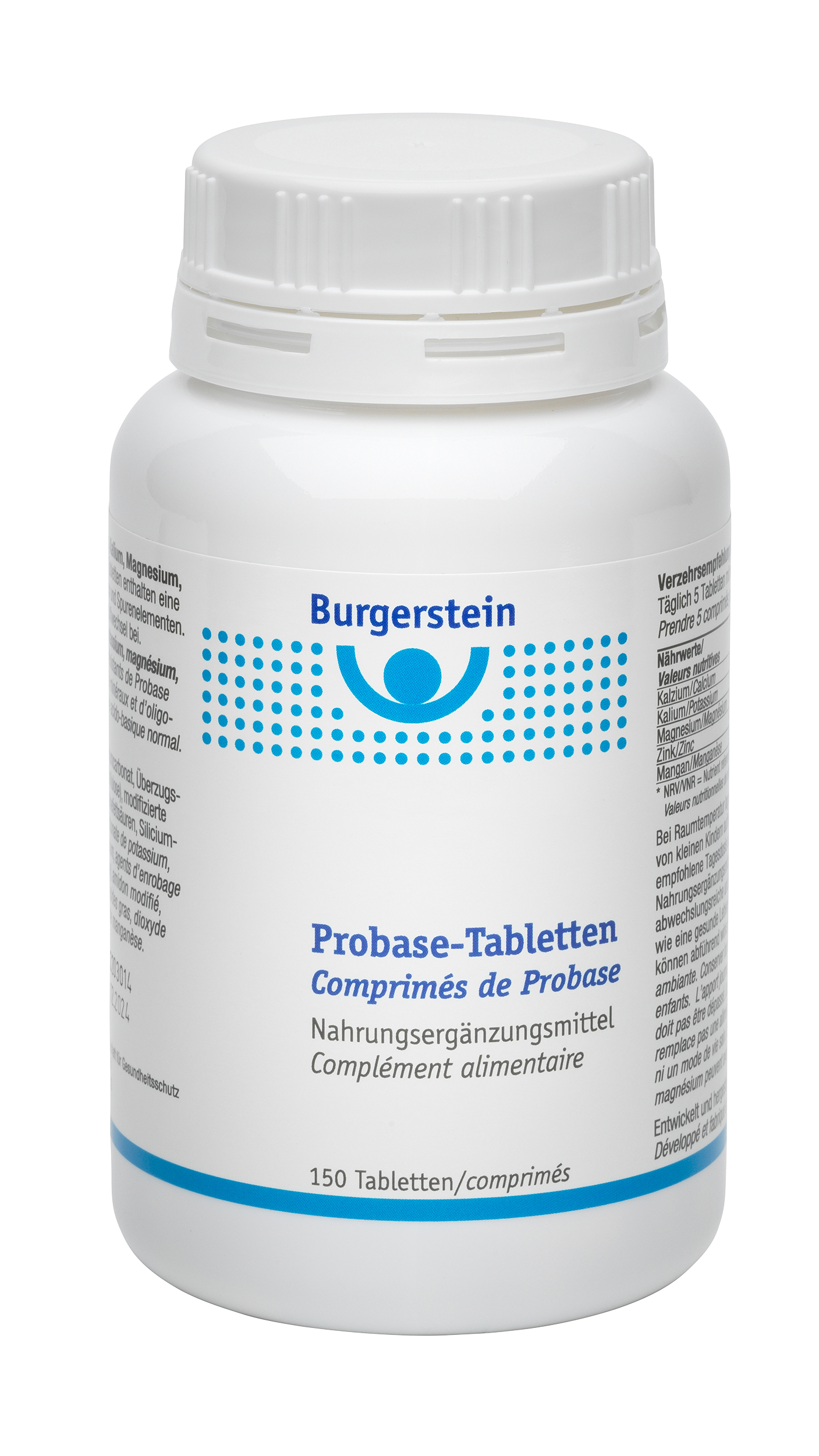
Probase tablets
check product -
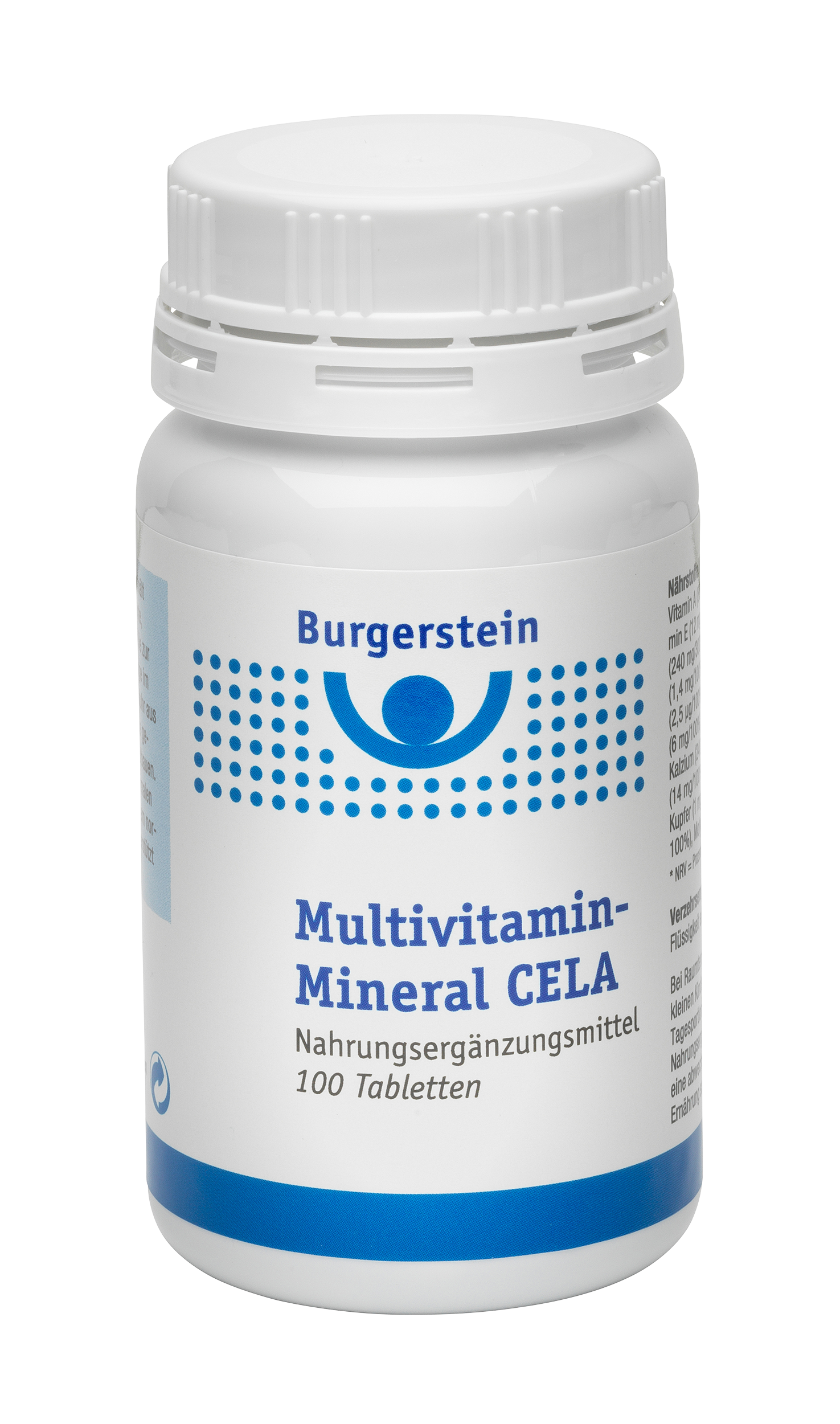
Multivitamin Mineral CELA
check product -
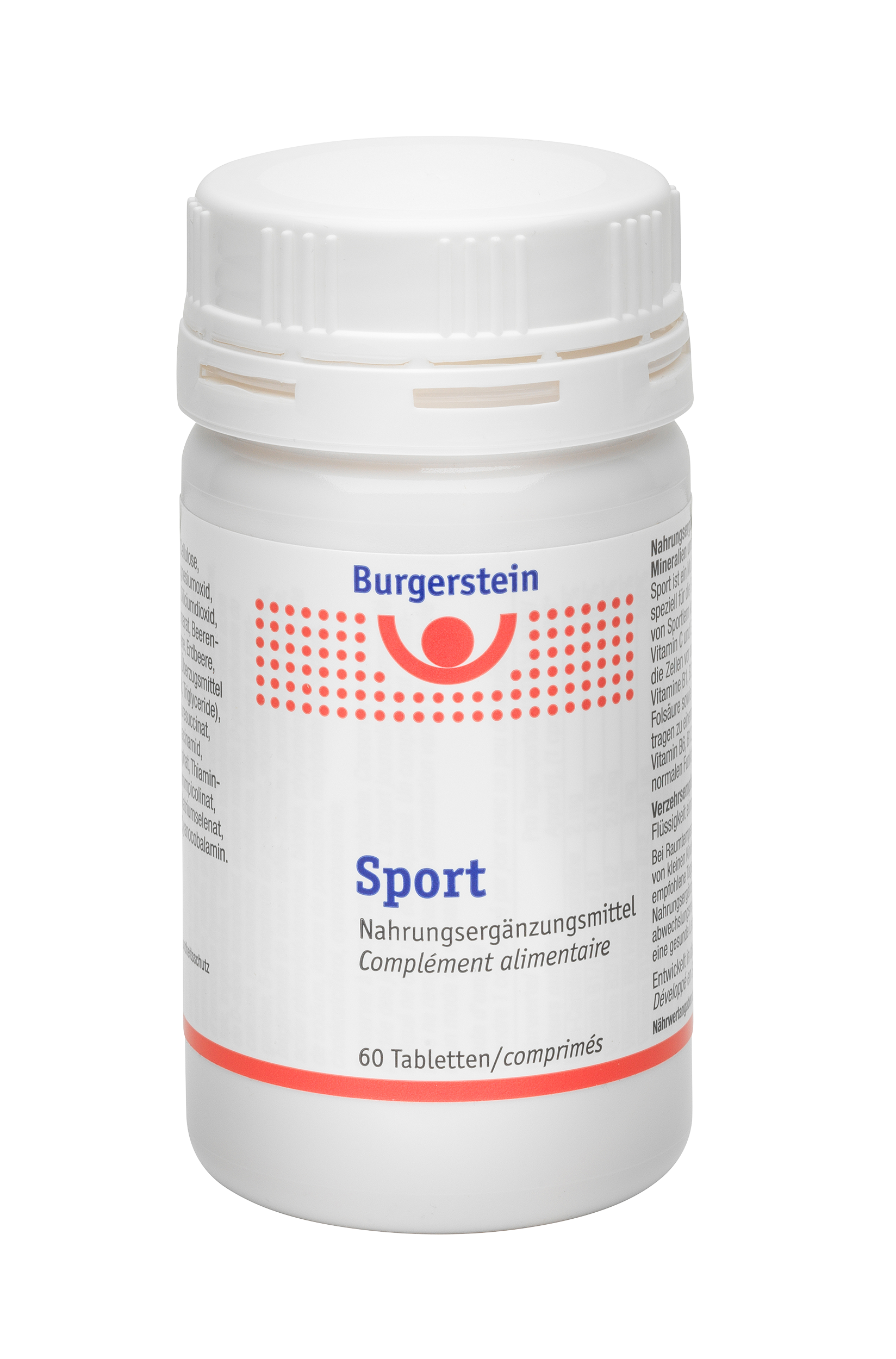
Sport
check product


